A Feast for the Senses: Alice Burnhope’s Textile Art
There is a sensorial quality to the work of the award-winning, London-based textile artist Alice Burnhope, tapping in to our primal needs for touch, comfort, warmth, and a connection to the natural world. Burnhope creates experimental forms of wearable art and sustainable textiles made from recycled fabrics in soft, ambient tones and hues, coloured with her own naturally derived hand dyes made from nettle, onion skin, avocado and more. She says, “I like to call myself a textile artist with a sustainable approach to my practice. I use natural fibres or discarded materials and try to give it a new life, make it tactile, and create a sensory experience for those who will interact with it.”
Burnhope recently graduated from Loughborough University in 2020, having studied textiles funded by the Sarabande Foundation. Earning her degree was a formative time when she was encouraged to push boundaries and open up new and unexpected avenues through playing with materials, as she explains, “Loughborough… encouraged me to pick up a material and just experiment and have fun. Through creative play many opportunities and possibilities open up. With doing comes success if you are passionate and hardworking at your chosen subject.”
Working within a limited student budget pushed her to get creative with the kinds of fabrics and dyes she could produce textiles with, along with a desire to produce work in a sustainable, eco-friendly way. She notes, “We have so many materials that we see as waste that we can harness for another purpose before it is fed back to the ground.” But it was during lockdown that Burnhope began toying with entirely natural dyes made from discarded food and plants, and she was unexpectedly pleased and surprised at the end results. She explains, “I use food waste and people are shocked when I show them avocado-dyed fabric, because they are expecting it to be green, but it’s a lovely dusty pink.” She sees creating dyes from natural by-products as the way forward for producing sustainable textiles, explaining, “I think natural dyes are really important for connecting with nature and realising that in pretty much any process that’s going on, there’s always a waste element. I think it’s important to learn how we can harness that waste and recognize our habits to work towards circular design.”
Combining natural dyes with her interest in quilting seemed a natural fit, as she noticed, “Slowly I started to experiment with natural dyes, and my work has always been quite tactile so then quilting helped create that sort of soft, cosy, tactile feeling.” These ideas in turn led Burnhope to begin working on interactive, wearable textiles which encourage viewers and visitors of her work to get in there and try things on, or to be fully immersed in the artwork.
One recent example is Burnhope’s sculptural textile work made for London Craft Week. Like much of her art, the work takes nature as a starting point, drawing out curved, rock-like shapes and the ergonomic qualities they share with the human body’s natural curves. She made this artwork by combining two quilts and a bean bag, encouraging visitors to wrap themselves up inside in order to experience a feeling of comfort and ease. To further engage the senses, Burnhope integrated scented elements of pine, lemongrass, lavender, relaxing aromas that aid in creating what she calls a “cocoon of wellbeing.”
Today Burnhope combined her own practice with teaching a series of creative workshops to teenagers and adults, which allow her to further explore the socially engaged, integrative aspects of her practice. Burnhope says, “I teach embroidery, repairs, and natural dyes. I love the natural dye workshop because often people think that they are not creative at all but at the end of the workshops their beliefs completely change.” She argues that being a teacher is a mutually beneficial relationship, one that allows her to share and learn in equal measure, and that in turn keeps her own creative practice fresh, alive, and open to new ideas that can further benefit the people around her. She notes, “…all my workshops are about sharing skills from me to the participants and from the participants to me, by learning lots of things [about]… life experiences and their talents.”





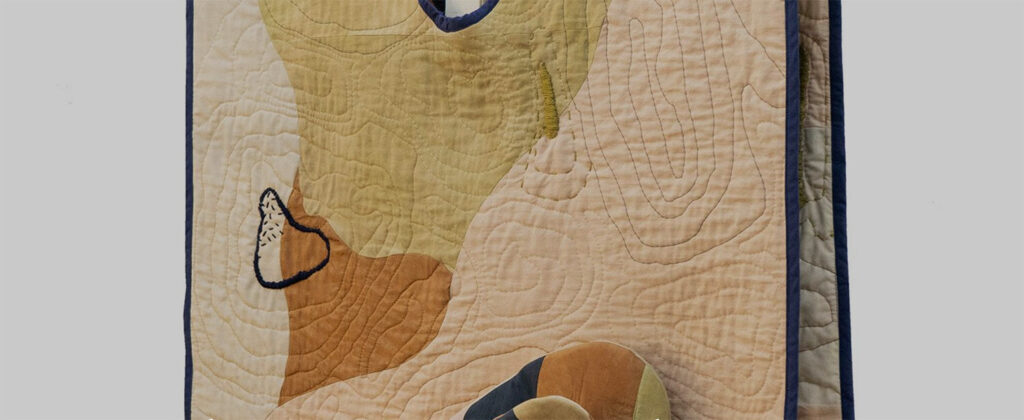
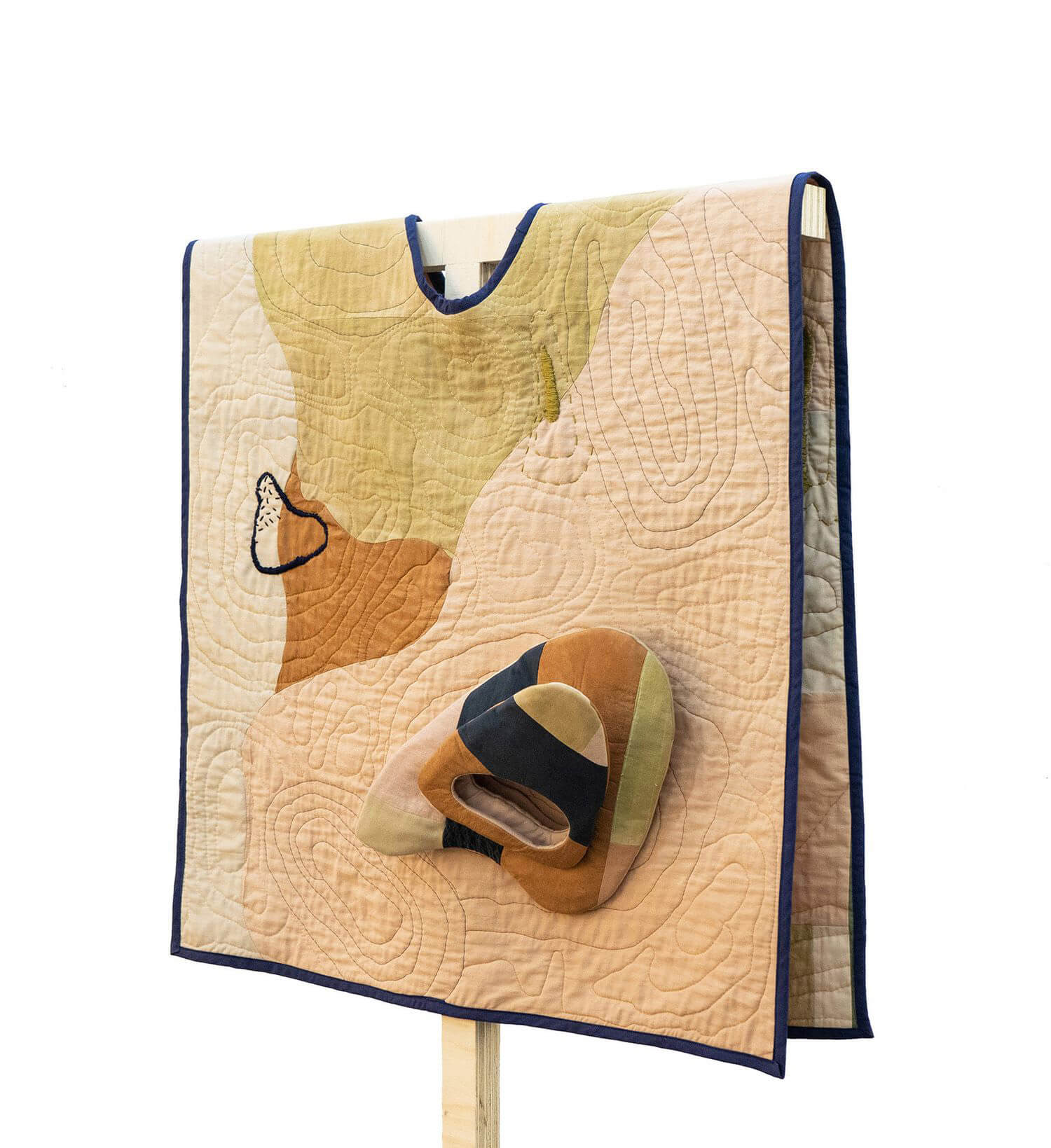
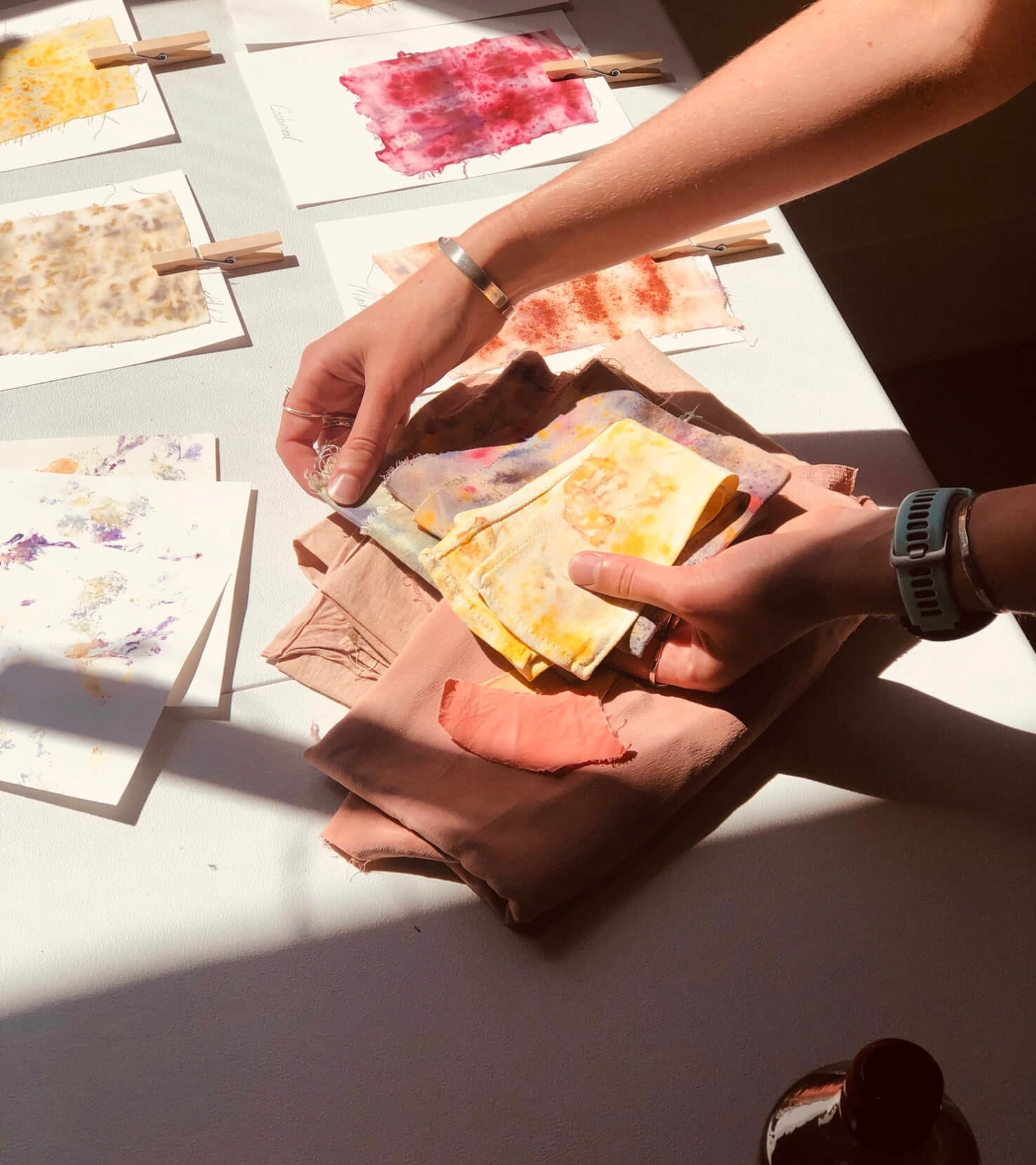
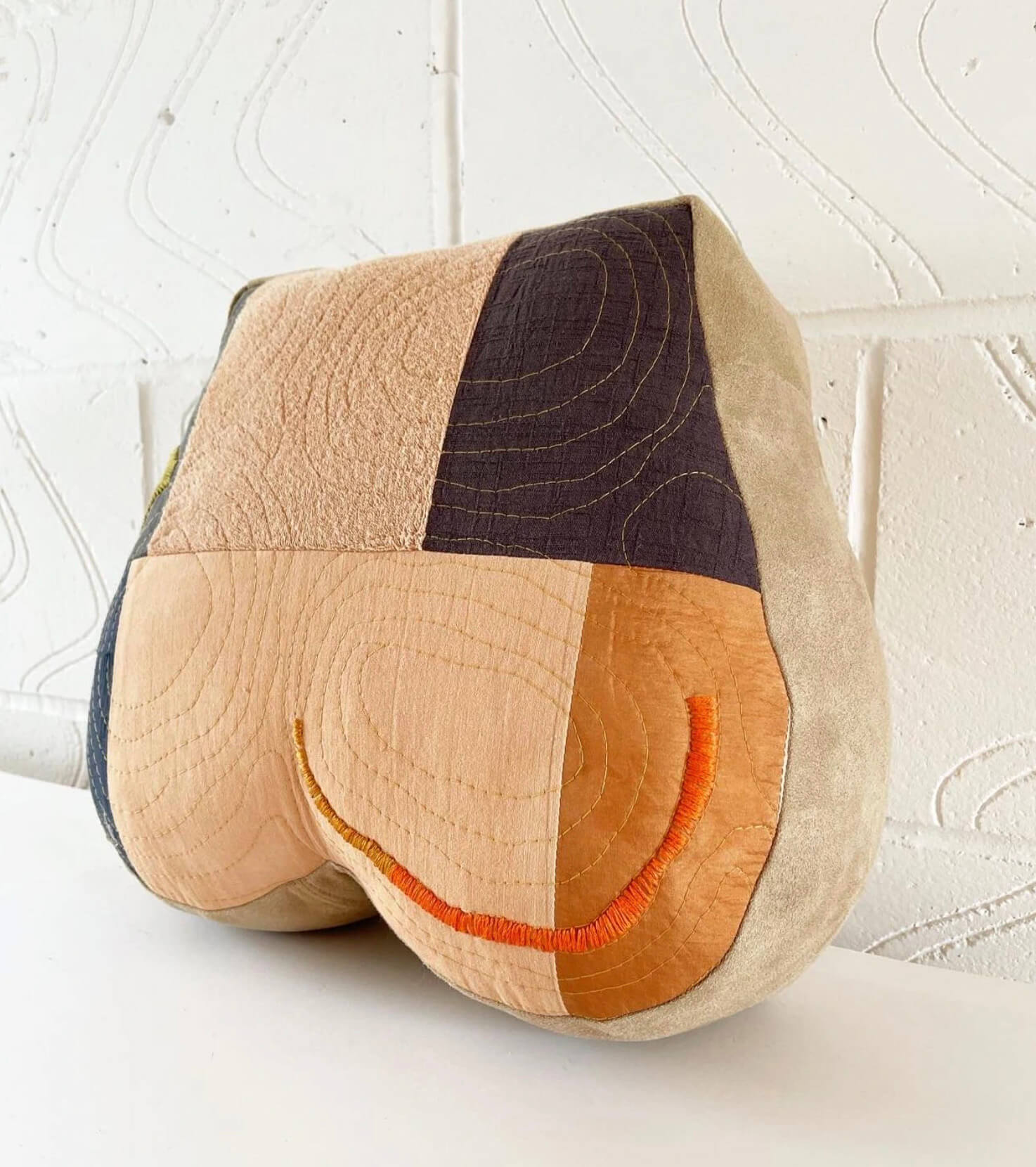
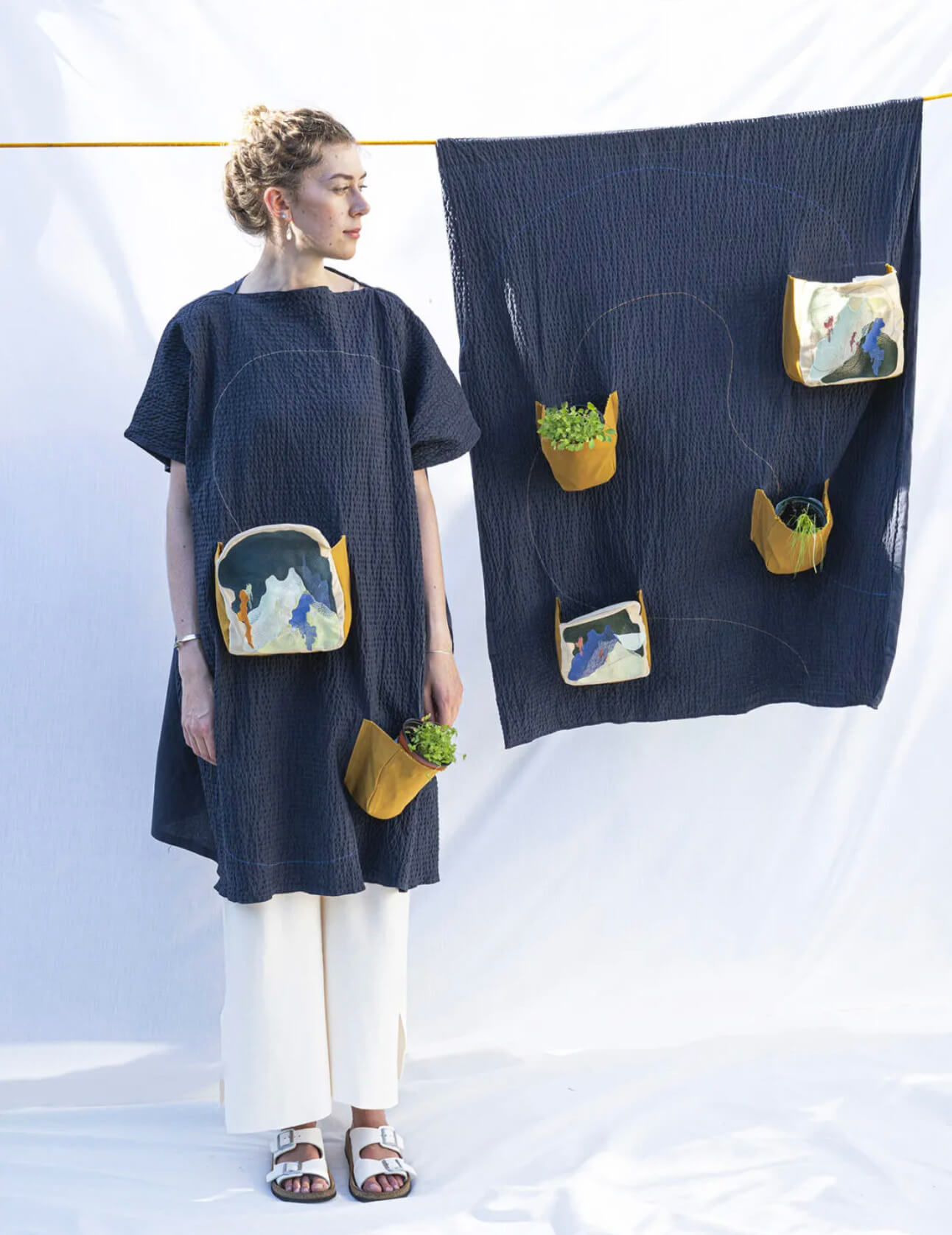
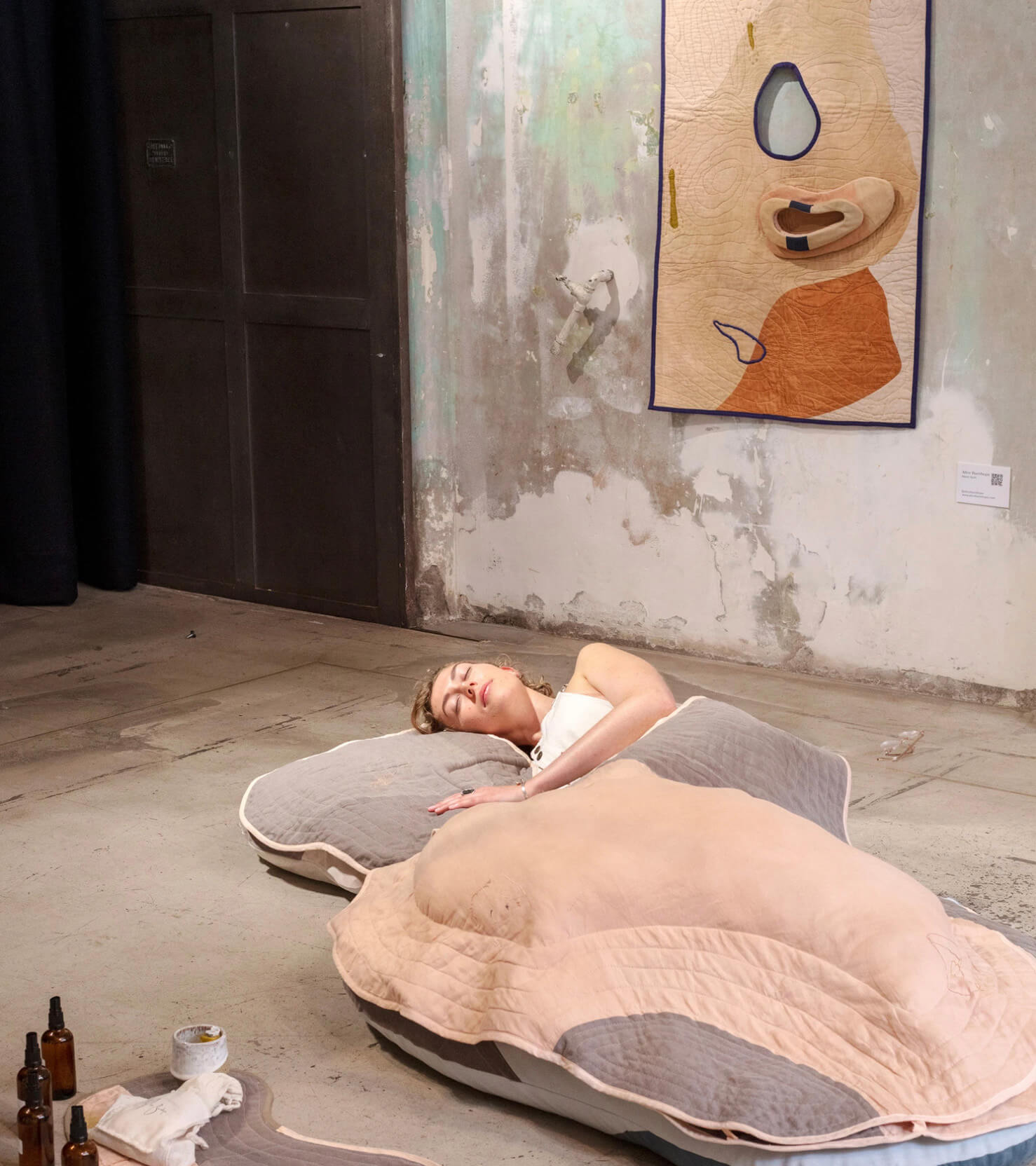




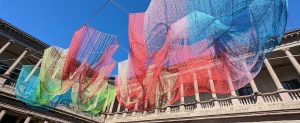









































Leave a comment